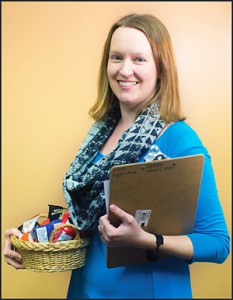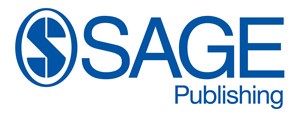
Rebecca Blakiston
Associate Librarian, User Experience,
University of Arizona, Tucson
and 2016 LJ Mover & Shaker
A decade ago, as a sociology major at the University of Arizona, it was Rebecca Blakiston’s wish to pursue a career that in some way helped people. Then she took an aptitude test that determined she was best suited to be a librarian. She soon began stocking shelves part-time in the library. She could not have predicted then that her vocation would involve helping patrons navigate not the bookshelves but the library’s website. After all, her current job title, “user experience librarian,” didn’t yet exist, but patrons’ need to access all the information required to be a successful student certainly did. “It all relies on their experience at the computer—and it begins with content on the library website,” says Blakiston, an employee at the University of Arizona Libraries since 2005. Indeed, her biggest challenge has been getting the administrators to understand the importance of content. “One of the biggest hurdles was to get stakeholders to understand why it’s is so important to the user experience,” she says of her attempt to get a full time staffer to handle content strategy. “They understood navigation, and labels, but content was overlooked as a critical piece of it, and it took a lot of advocacy on my part to get that buy in.” It helps that she serves on the strategic planning and budget advisory council, which includes the Provost as a member. Twice a month Blakiston attends the meetings, where she sits across from the director of strategic planning and chief information officers. To get the approval to hire a full time content strategist, to handle content updates and workflows from various departments, she commissioned a content audit of the library’s website—a tedious undertaking that’s been likened to showing one’s old dirty laundry: dead links, misspellings, duplicated content, and inaccurate old content that’s still findable. “Some of it was embarrassing,” Blakiston says. “But what we found in the content audit was very helpful to getting buy in. We did a big presentation to the entire library about the findings, and showing that visually got people thinking about how big of a problem this was. But it took a long period to get people to understand that throughout the organization before the hire was made last year.” Connecting through groups and advocating is a big part of what Blakiston does—particularly with students. The website usability testing—which can produce a more navigable form for interlibrary loan requests, for example—really never ends, so she’s constantly bringing students into the library for testing and focus groups, user interviews, and surveys. “One of the advantages of working on a campus is we have students walking around all day long—you don’t get that if you’re working at a large corporation. Every year there’s a fresh influx of new people, new ‘customers,’ from diverse backgrounds and with different viewpoints. The insights you can get from that is just endless.” Blakiston’s secret to advocacy? “To get where we are now has taken a lot of patience,” she says. “That’s really the key to successful advocacy.”
 Sponsored by SAGE Publishing
Sponsored by SAGE Publishing

 Sponsored by SAGE Publishing
Sponsored by SAGE Publishing








Add Comment :-
Comment Policy:
Comment should not be empty !!!